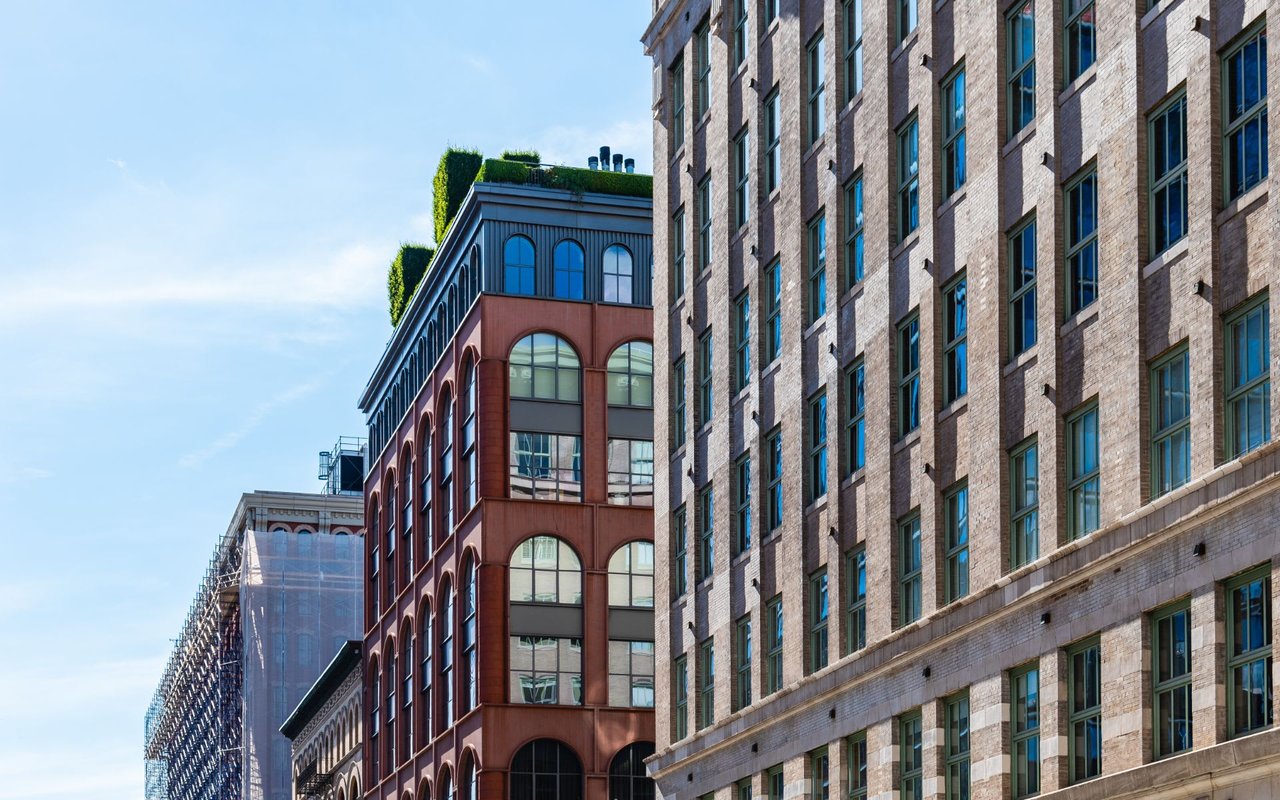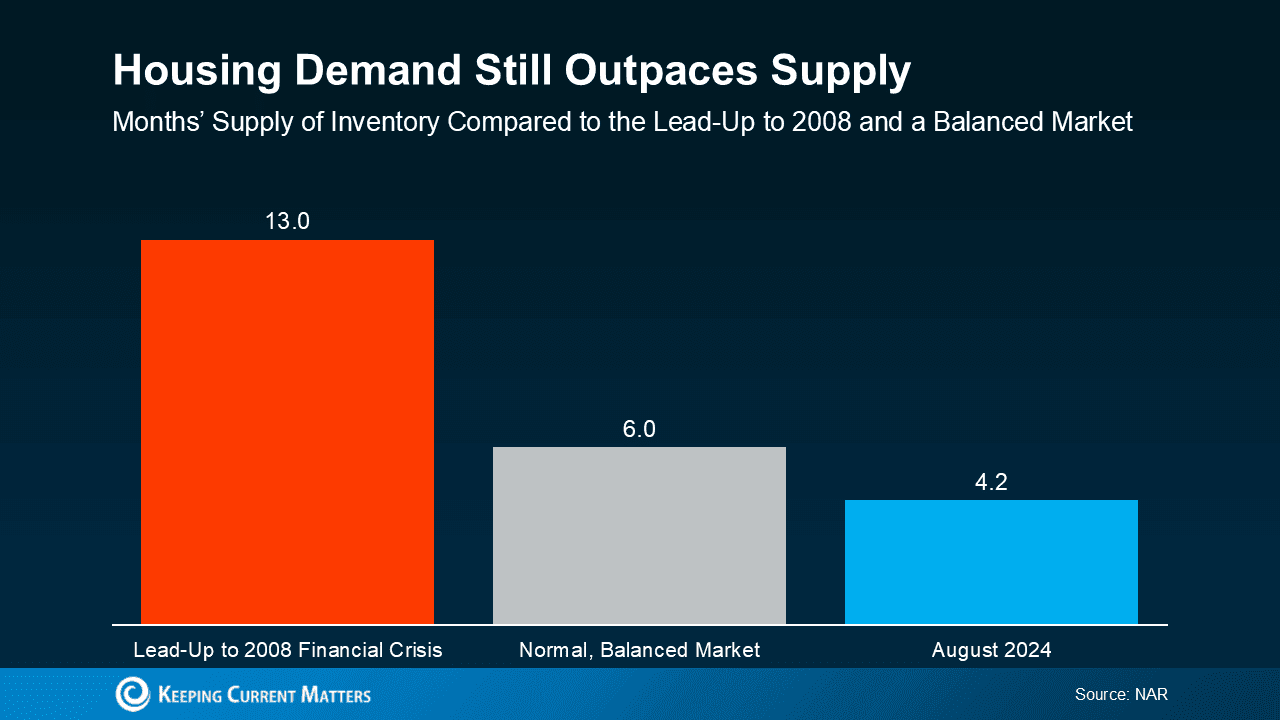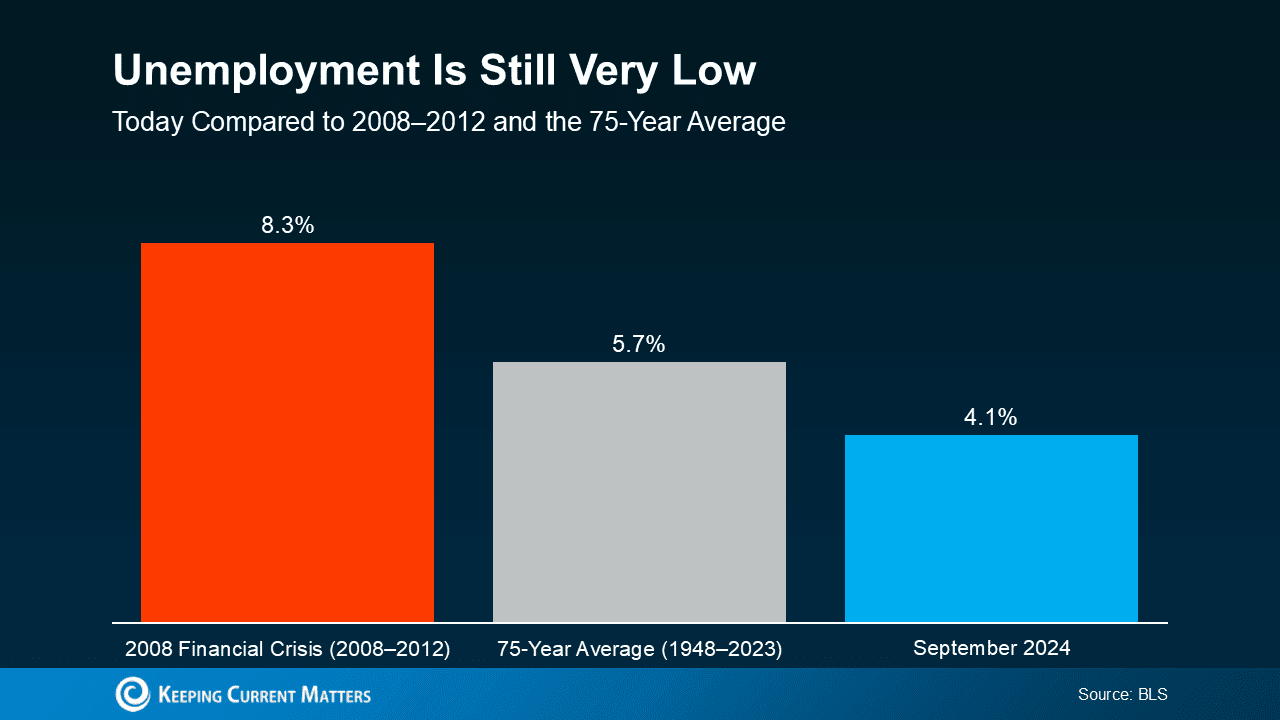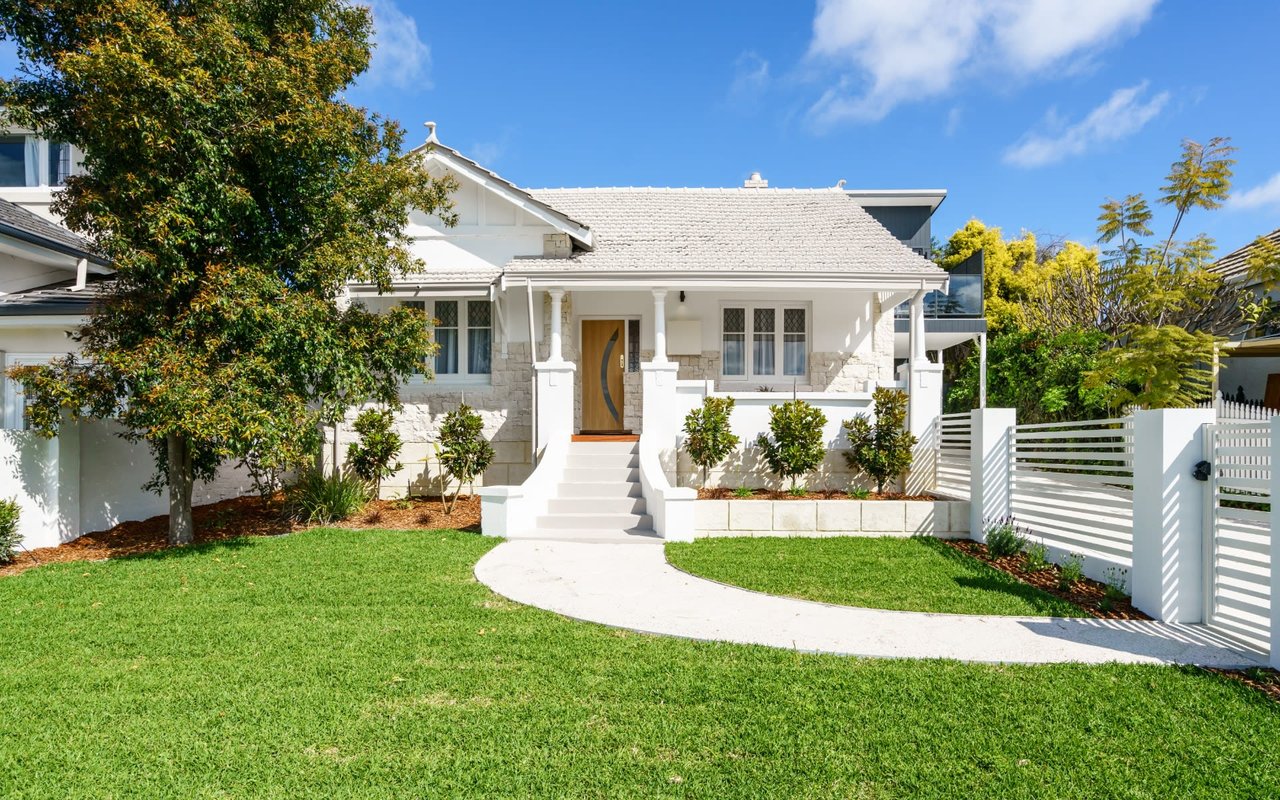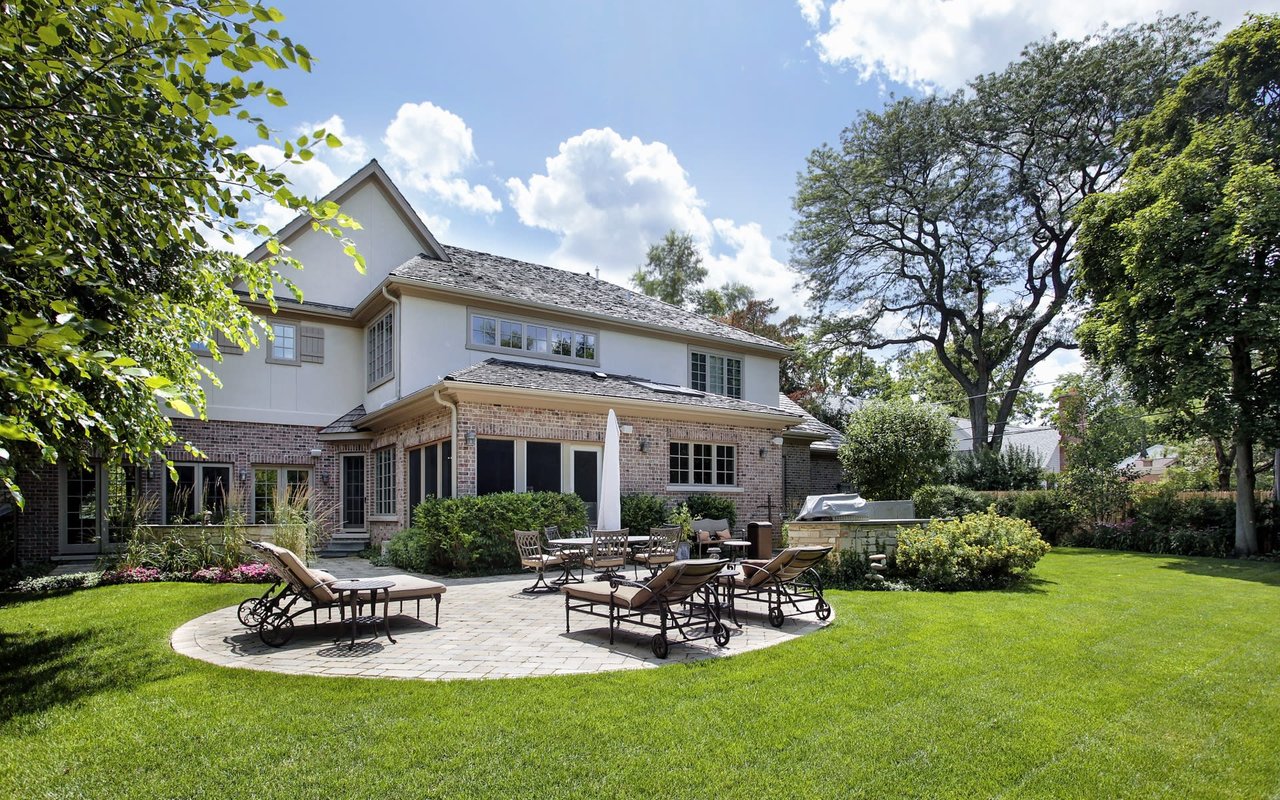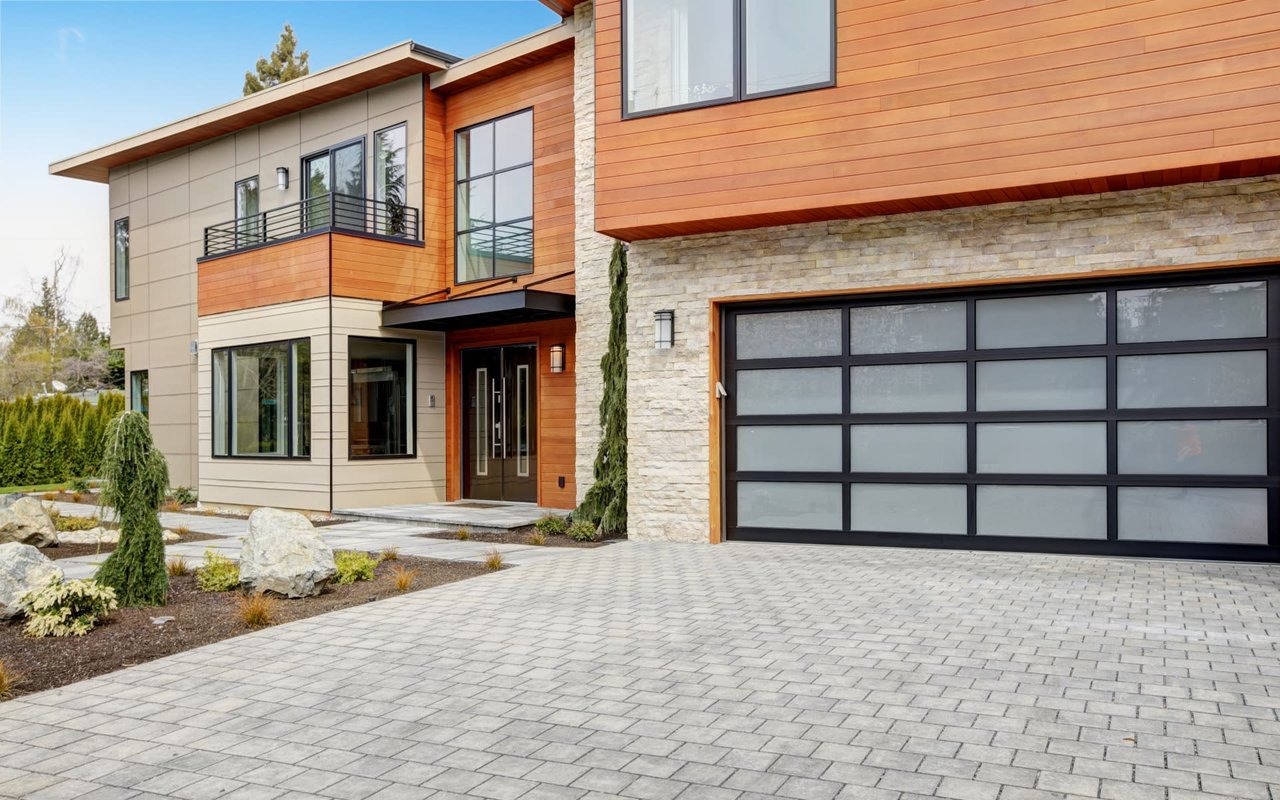You may have heard some chatter about the economy and even talk of a potential recession. Understandably, that kind of news can get people worried about a housing market crash. If you’re one of those concerned, here’s the good news—there’s no need to panic. The housing market is not set up for a crash right now.
Real estate journalist Michele Lerner puts it simply:
“A housing market crash happens when home values plummet due to a lack of demand for homes or an oversupply.”
With that definition in mind, let’s explore two key reasons why a housing market crash isn’t on the horizon.
1. Demand for Homes Is Higher than Supply
One of the main reasons the housing market crashed in 2008 was an oversupply of homes. But today’s story is very different.
A balanced housing market typically has around six months’ worth of supply. More than that means supply is outpacing demand, which can lead to falling prices. Less than that means demand is stronger than supply, which supports price stability or growth. Check out the graph below that uses data from the National Association of Realtors (NAR) to show where things stand now:
The red bar shows there were 13 months of housing supply before the 2008 crash—far too much inventory. In contrast, the blue bar shows we’re currently at just 4.2 months of supply, well below a balanced market. Simply put, there are more buyers than available homes right now. When demand is higher than supply, home prices tend to stay stable or rise, which is the opposite of what happens during a crash.
Of course, inventory levels can vary by region, and some areas might be more balanced than others. But in general, most markets across the country are still facing a shortage of homes. Lawrence Yun, Chief Economist at NAR, explains:
“We simply don’t have enough inventory. Will some markets see a price decline? Yes. [But] with the supply not being there, the repeat of a 30 percent price decline is highly, highly unlikely.”
2. Unemployment Is Still Low
Unemployment plays a major role in the health of the housing market. When unemployment is high, more people struggle to make their mortgage payments, leading to foreclosures and forced sales. That was a big problem during the 2008 crisis. Today, however, the employment situation is much more stable. Let’s look at another graph that compares unemployment rates:
The red bar shows that during the 2008 financial crisis, unemployment soared to 8.3%. In contrast, today’s unemployment rate (blue bar) is just 4.1%, well below the long-term average of 5.7% (gray bar). With so many people employed, homeowners are in a much better position to make their mortgage payments, which reduces the risk of widespread foreclosures.
Not only are people holding onto their homes, but many are also in a position to buy, which keeps demand—and home prices—strong.
Today’s Housing Market Is Stronger than in 2008
It’s normal to feel concerned when you hear talk of a recession or economic uncertainty, but rest assured, today’s housing market is in much better shape than it was in 2008. As Rick Sharga, Founder and CEO of CJ Patrick Company, says:
“Literally everything is different about today’s housing market dynamics than the conditions that led to the housing crisis.”
From higher demand than supply to low unemployment, these factors are working together to keep the housing market steady and prevent a crash.
Bottom Line
The housing market is in a far stronger position than it was in 2008. However, remember that real estate is local, and conditions can vary from one area to another.
If you have questions about your specific market or want to know how these factors are playing out in your area, don’t hesitate to reach out. We’re here to help and provide you with a personalized, complimentary consultation.
October 9, 2024/by KCM CREW
